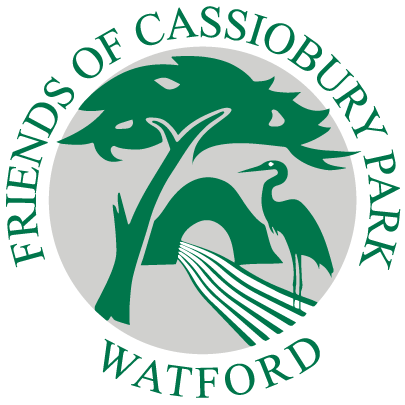Butterflies
Why are butterflies important?
They are highly sensitive indicators of the health of the environment and play crucial roles in the food chain as well as being pollinators of plants. The UK has 59 species of butterflies – 57 resident species of butterflies and two regular migrants – the Painted Lady and Clouded Yellow.
Cassiobury park and Whippendell Woods are an important habitats for a number of butterflies. The improvement through the creation of scallops and other similar cuttings into the woodland has been a focus for our conservation group.
What butterflies can we see in Cassiobury Park and Whippendell Woods?
A significant number of different species have been seen in the park. The recent 2023 survey found the following butterflies. The full 2023 report can be found here.

What plants support butterflies through their lifecycle?
Butterflies and go through four key stages of metamorphosis; egg, caterpillar, pupa, and adult. In the caterpillar or larval stage they need access to a number of different plants. These are often specific to individual or groups of butterflies.

The butterflies once they have emerged from their pupa require nectar. The sort of plants that they depend on in the wild are:
- Aphid Honeydew
- Bird’s-Foot
- Trefoil Brambles
- Blackthorn Bluebell
- Buddleia Bugle
- Buttercups Clovers
- Cow Parsley
- Dandelions
- Field Scabious
- Fleabane
- Forget-Me-Not
- Hawkweeds
- Hawthorn
- Hemp agrimony
- Hog Weed
- Ivy
- Knap Weed
- Lucerne Ragwort
- Red Campion
- Spring Blossom Teasle
- Thistles
- Wild Marjoram
Are there butterfly walks in the park and woods?

Friends of Cassiobury park and HMWT have butterfly walks throughout the year
- Planned walks
- Spring Butterfly and Bluebell Walk – May
- Summer Woodland Butterfly Walk – June
- Banquet for an Emperor – July
Details of these and the days they will run can be found on our events page and on the HMWT website once confirmed.
Where can I get more information?
There is a lot of information available on the internet but some useful sources are listed below:
Herts & Middx Branch Website: https://hertsmiddx-butterflies.org.uk/index.php
Herts & Middx Moth Group: https://www.hertsmothgroup.org.uk/
Creating Wild Spaces: https://wild-spaces.co.uk/
UK Butterflies: https://www.ukbutterflies.co.uk/index.php
Our thanks go to Rick Vickers and Pete Fewell for providing the photographs and the majority of the content.
